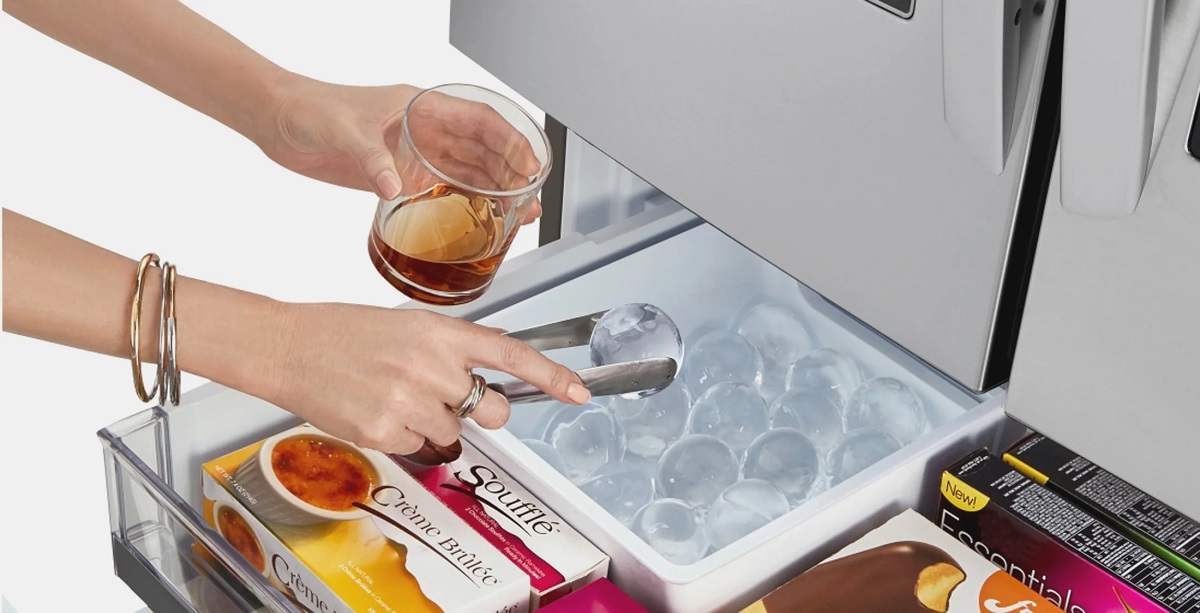

Articles
How Does LG Ice Maker Work
Modified: October 19, 2024
Learn how LG ice makers work with our informative articles. Gain knowledge on the inner workings and maintenance of LG ice makers.
(Many of the links in this article redirect to a specific reviewed product. Your purchase of these products through affiliate links helps to generate commission for Storables.com, at no extra cost. Learn more)
How Does LG Ice Maker Work
LG is a renowned brand known for its innovative and reliable home appliances, including their ice makers. If you’ve ever wondered how an LG ice maker works, you’ve come to the right place. In this article, we’ll explore the components, the ice-making process, common issues, and maintenance tips for LG ice makers.
Key Takeaways:
- LG ice makers consist of essential components like the water supply line, water inlet valve, ice mold tray, and ice maker assembly, working together to produce perfectly shaped ice cubes efficiently.
- Understanding the ice-making process and addressing common issues with LG ice makers through regular maintenance and troubleshooting can ensure a steady supply of refreshing ice cubes for various uses.
Read more: How Does An Ice Maker Work?
Ice Maker Components
An LG ice maker consists of several key components:
- Water Supply Line: This connects the ice maker to the water source, allowing a steady supply of water.
- Water Inlet Valve: The valve controls the flow of water into the ice maker, opening and closing as needed.
- Ice Mold Tray: This is where the water is poured and frozen to create ice cubes.
- Ice Maker Assembly: The assembly includes the motor, gears, and sensors that control the ice-making process.
Ice Making Process
The LG ice maker follows a series of steps to create perfectly shaped ice cubes:
- Water Supply: The ice maker is connected to a water supply, allowing for continuous ice production.
- Water Valve Opening: When it’s time to make ice, the water valve opens, allowing water to flow into the ice maker.
- Filling the Ice Mold Tray: The water fills the ice mold tray, which is designed to create individual ice cubes.
- Freezing Process: The ice mold tray is then placed in a freezer compartment where the water freezes into solid ice.
- Harvesting Ice: Once the water is frozen, the ice maker assembly detects it and activates a heating element to slightly warm the tray, allowing the ice cubes to be released from the mold.
- Dispensing Ice: The ice cubes are then dispensed into a container, ready to be used.
Common Issues with LG Ice Makers
While LG ice makers are known for their reliability, there are a few common issues that may arise:
- Ice Maker Not Producing Ice: This could be due to a water supply issue, a malfunctioning valve, or a problem with the ice maker assembly.
- Ice Cubes Are Too Small or Misshapen: This may indicate an issue with the water flow or freezing process.
- Ice Maker Leaking Water: A leak could be caused by a faulty valve or a damaged water supply line.
- Ice Tastes or Smells Bad: Poor-tasting ice can be a result of impurities in the water supply or a need for cleaning.
Maintaining and Troubleshooting
To keep your LG ice maker in optimal condition, it’s important to perform regular maintenance:
- Regular Cleaning and Maintenance: Clean the ice mold tray and other components regularly to prevent buildup and ensure proper ice production.
- Troubleshooting Common Issues: If you encounter any issues, consult the user manual or LG’s support resources for troubleshooting steps.
- Contacting LG Support: If the issue persists, contact LG’s customer support for further assistance and potential repairs.
By understanding how your LG ice maker works and following proper maintenance guidelines, you can enjoy a steady supply of ice for refreshing drinks and other uses. So, sit back, relax, and let your LG ice maker do the hard work for you.
Read more: How Does Countertop Ice Maker Work
Introduction
Ice makers have become an indispensable feature in modern refrigerators, providing a convenient and reliable source of ice for various purposes. LG ice makers, in particular, have gained popularity for their efficiency and performance. In this article, we will delve into the fascinating world of LG ice makers and explore how they work to produce those perfectly formed ice cubes.
LG, a leading brand in home appliances, has incorporated advanced technology and thoughtful design into their ice makers to ensure a seamless ice-making experience for users. Whether you’re hosting a party, enjoying a cold beverage on a hot summer day, or simply need ice cubes for everyday use, understanding the inner workings of your LG ice maker can enhance your appreciation for this modern convenience.
By knowing the components, the ice-making process, and how to address common issues, you’ll be better equipped to troubleshoot any problems that may arise and maintain your LG ice maker in optimal condition.
So, let’s embark on a journey to uncover the mysteries of LG ice makers and discover the magic that takes place behind those freezer doors to deliver the ice cubes you love.
Key Takeaways:
- LG ice makers consist of essential components like the water supply line, water inlet valve, ice mold tray, and ice maker assembly, working together to produce perfectly shaped ice cubes efficiently.
- Understanding the ice-making process and addressing common issues with LG ice makers through regular maintenance and troubleshooting can ensure a steady supply of refreshing ice cubes for various uses.
Read more: How Does An Ice Maker Work?
Ice Maker Components
An LG ice maker consists of several important components that work together to produce ice cubes efficiently. Let’s take a closer look at each of these components:
Water Supply Line
The water supply line is an essential part of the ice maker system. It connects the ice maker to the water source in your home, allowing a continuous supply of water for ice production. The water supply line is typically made of flexible tubing or copper piping and is connected to the back of the refrigerator.
Water Inlet Valve
The water inlet valve is responsible for controlling the flow of water into the ice maker. It opens and closes as needed, allowing water to enter the ice maker when it’s time to make ice. The valve is electronically controlled and is connected to the water supply line. When the ice maker initiates the ice-making process, the valve opens, allowing water to enter the ice mold tray.
Read more: How Does A Refrigerator Ice Maker Work
Ice Mold Tray
The ice mold tray is where the magic happens. It is a specially designed tray that holds the water and creates individual ice cubes. The water flows into the mold tray through the water inlet valve, filling each cavity to the desired level. The mold tray may have a variety of configurations, depending on the ice cube shape and size specifications of the particular LG ice maker model.
Ice Maker Assembly
The ice maker assembly consists of various components, including a motor, gears, and sensors. This assembly controls the entire ice-making process, ensuring that everything operates smoothly. The motor drives the gears, which turn the ice mold tray to release the ice cubes. Sensors within the assembly detect the ice’s readiness and trigger the subsequent steps in the ice-making process.
Each of these components plays a crucial role in the functionality of an LG ice maker. The water supply line ensures a steady source of water, while the water inlet valve controls its flow. The ice mold tray shapes and freezes the water, and the ice maker assembly orchestrates the entire process. Understanding these components provides insight into how an LG ice maker works and can be helpful when troubleshooting any issues that may arise.
Ice Making Process
Now that we understand the components of an LG ice maker, let’s dive into the fascinating ice-making process. The journey from water to perfectly formed ice cubes involves several steps. Here’s an overview of how an LG ice maker produces ice:
Water Supply
The ice-making process begins with a steady supply of water. The ice maker is connected to a water supply line, ensuring that there is always a source of water available for ice production. This connection allows for continuous ice-making without the need for manual water filling.
Read more: How Does Frigidaire Ice Maker Work
Water Valve Opening
When it’s time to make ice, the ice maker initiates the process by electronically signaling the water valve to open. The valve opens, allowing water to flow from the water supply line into the ice maker’s system. This controlled flow ensures that the right amount of water is delivered to the ice mold tray.
Filling the Ice Mold Tray
As the water valve opens, the water flows into the ice mold tray. The mold tray is designed with individual compartments or cavities, each serving as a mold for an ice cube. As the water fills each cavity, it reaches the desired level, ready to be transformed into ice. The number and size of the compartments vary depending on the ice maker model and desired ice cube specifications.
Freezing Process
Once the ice mold tray is filled with water, it is placed in a freezer compartment or an integrated freezing mechanism within the ice maker. The low temperature in the freezer compartment causes the water to freeze, gradually transforming it into solid ice. The duration of the freezing process depends on various factors, such as the temperature setting and the type of ice cubes being produced.
Harvesting Ice
Once the water in the mold tray has fully frozen, the ice maker assembly detects the frozen state of the ice cubes. It activates a heating element within the assembly, which slightly warms the bottom of the ice mold tray. This heating process loosens the bond between the ice cubes and the tray, allowing them to detach easily.
Read more: How Does The Ninja Ice Cream Maker Work
Dispensing Ice
After the ice cubes have been released from the mold tray, they are ready to be dispensed. The ice maker assembly activates a motor and gears, which rotate or move the ice mold tray, causing the ice cubes to move towards the dispensing mechanism. From there, the ice cubes are pushed out of the ice maker and into a container, ready to be used for your refreshing beverages or other purposes.
This intricate series of steps ensures that your LG ice maker produces ice cubes reliably and efficiently. Understanding the ice-making process can help troubleshoot any issues that may arise and appreciate the engineering behind this modern convenience.
Common Issues with LG Ice Makers
While LG ice makers are known for their reliability, there are a few common issues that users may encounter. Here are some of the most frequent problems you may experience with an LG ice maker:
Ice Maker Not Producing Ice
If your LG ice maker is not producing any ice, there are a few potential causes to consider. First, check the water supply line to ensure it is properly connected and providing an adequate water flow. A kinked or disconnected water supply line can prevent water from reaching the ice maker. Additionally, a malfunctioning water inlet valve or a problem with the ice maker assembly itself may be the underlying issue. Consider consulting the user manual or contacting LG support for further troubleshooting steps.
Ice Cubes Are Too Small or Misshapen
If your LG ice maker is producing ice cubes that are too small or misshapen, there may be an issue with the water flow or freezing process. Insufficient water flow can result in smaller ice cubes, while an inconsistent freezing process may cause irregularly shaped ice. Ensure that the water supply line is delivering water with adequate pressure and that there are no blockages or clogs in the system. If the issue persists, it might be necessary to adjust the water inlet valve or seek professional assistance to recalibrate the freezing mechanism.
Read more: Why Does My Frigidaire Ice Maker Not Work
Ice Maker Leaking Water
A common issue experienced by some LG ice maker users is water leakage. If you notice water pooling around or underneath the ice maker, it is crucial to identify the source of the leakage. Often, this can be traced back to a faulty water inlet valve, where water may be overflowing or not properly shut off. Inspect the water supply line and connections for any damage or leaks. If the problem persists, it is recommended to contact LG support for assistance or consider consulting a professional technician to diagnose and address the issue.
Ice Tastes or Smells Bad
If the ice produced by your LG ice maker has an unpleasant taste or odor, it is likely attributed to the quality of the water being used. Water with high mineral content or impurities can affect the taste and smell of the ice. To mitigate this issue, consider using a water filter or ensuring that the water supply line is connected to a reliable source of clean and filtered water. Additionally, regular cleaning and maintenance of the ice maker can help prevent the accumulation of bacteria or residue that could contribute to an undesirable taste or odor.
If you encounter any of these common issues with your LG ice maker, it is important to troubleshoot and address them promptly. Following the recommended steps in the user manual or seeking assistance from LG customer support can help resolve the problem and ensure that your ice maker continues to produce ice effectively.
Maintaining and Troubleshooting
To keep your LG ice maker performing optimally, regular maintenance and troubleshooting are essential. Here are some key practices to follow:
Regular Cleaning and Maintenance
Regular cleaning of your LG ice maker is important to prevent buildup and maintain its efficiency. Follow the manufacturer’s guidelines for cleaning the ice mold tray and other components. Use warm water and a mild detergent to clean the tray, removing any residue or deposits. Avoid using harsh chemicals or abrasive cleaners, as these can damage the components. Additionally, periodically check the water supply line for any leaks or blockages and ensure that it is properly connected.
Read more: How To Work A Frigidaire Ice Maker
Troubleshooting Common Issues
If you encounter any issues with your LG ice maker, troubleshooting can help identify and resolve the problem. Start by consulting the user manual provided with your ice maker, as it often contains troubleshooting tips specific to your model. Check for any obvious issues, such as a disconnected water supply line or a power interruption. Resetting the ice maker or adjusting the settings may also help address certain issues. If the problem persists or you have difficulty troubleshooting, consider reaching out to LG’s customer support for further assistance.
Contacting LG Support
If your efforts to maintain and troubleshoot your LG ice maker are unsuccessful, don’t hesitate to contact LG’s customer support. LG provides support through phone, email, chat, and an online support portal. Provide them with the necessary details about your ice maker and describe the issue you are facing. They can guide you through additional troubleshooting steps or direct you to an authorized service center if repairs are needed. Always refer to the official LG support channels to ensure reliable assistance.
By following regular cleaning and maintenance practices, troubleshooting common issues, and reaching out to LG support when needed, you can keep your LG ice maker in excellent working condition. With proper care, your ice maker will continue to provide you with a steady supply of refreshing ice cubes for years to come.
Conclusion
An LG ice maker is a valuable addition to your refrigerator, providing the convenience of a constant supply of ice cubes for a variety of purposes. Understanding how your LG ice maker works and implementing proper maintenance and troubleshooting practices can ensure its continued functionality and performance.
By familiarizing yourself with the components of an LG ice maker, such as the water supply line, water inlet valve, ice mold tray, and ice maker assembly, you can gain a better understanding of the intricate process that occurs to transform water into ice cubes.
Common issues that you may encounter with your LG ice maker, such as it not producing ice, producing small or misshapen ice cubes, leaking water, or having a bad taste or odor, can be addressed through regular cleaning, maintenance, and troubleshooting. Following the manufacturer’s guidelines for cleaning the ice maker and checking the water supply line can help prevent and resolve these issues. If further assistance is needed, contacting LG support will provide expert guidance.
Remember, maintaining your LG ice maker involves regular cleaning, inspecting connections, and handling any issues promptly. By following these guidelines, you can enjoy the full benefits of your LG ice maker for many years to come.
So, sit back, relax, and let your LG ice maker do the work of transforming water into perfectly formed ice cubes to enhance your beverages and make your life more convenient. Cheers!
Curious about keeping your appliances in top shape? Don't miss our guide on changing air filters in your LG refrigerator, which covers everything from routine cleaning to more specific tasks. For those facing troubles with their ice-making units, our detailed walkthrough on repairing an ice maker offers practical solutions. And for anyone keen on ensuring their ice maker remains hygienic and functional, our tips on cleaning your refrigerator's ice maker are invaluable. Dive into these articles to ensure your kitchen appliances run smoothly and efficiently.
Frequently Asked Questions about How Does LG Ice Maker Work
Was this page helpful?
At Storables.com, we guarantee accurate and reliable information. Our content, validated by Expert Board Contributors, is crafted following stringent Editorial Policies. We're committed to providing you with well-researched, expert-backed insights for all your informational needs.
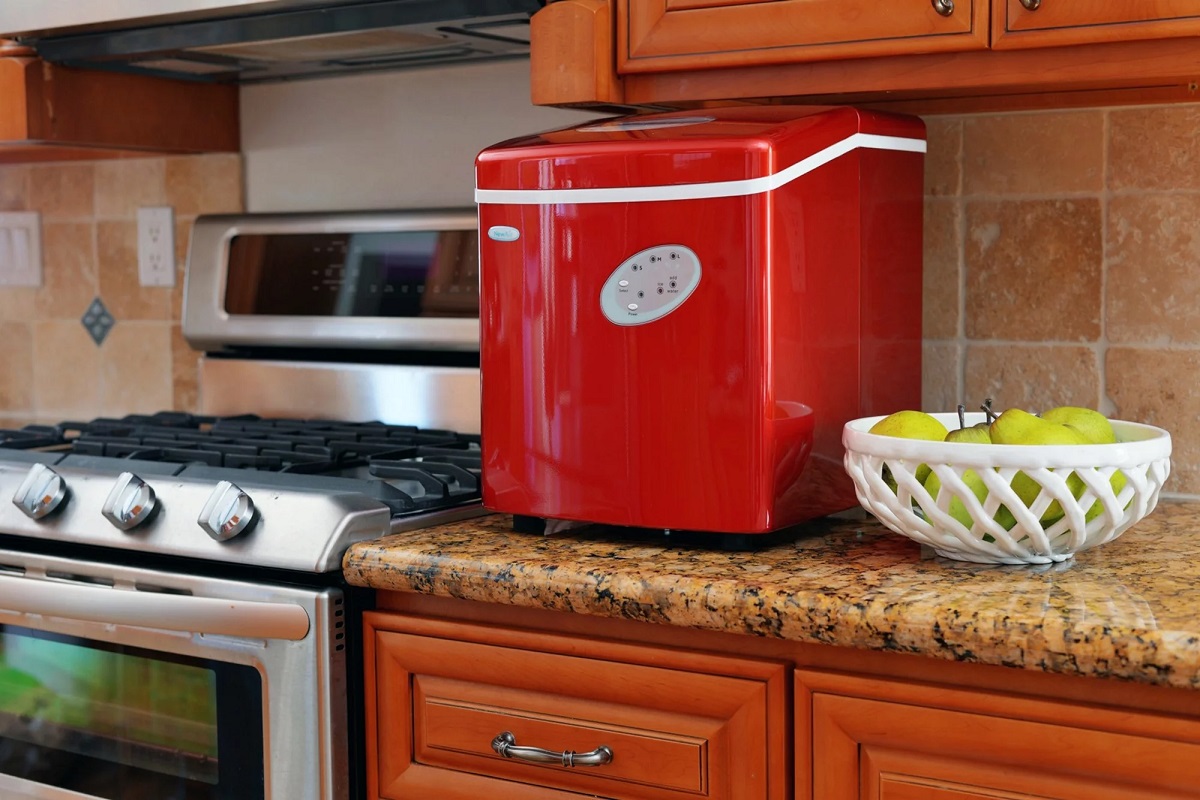
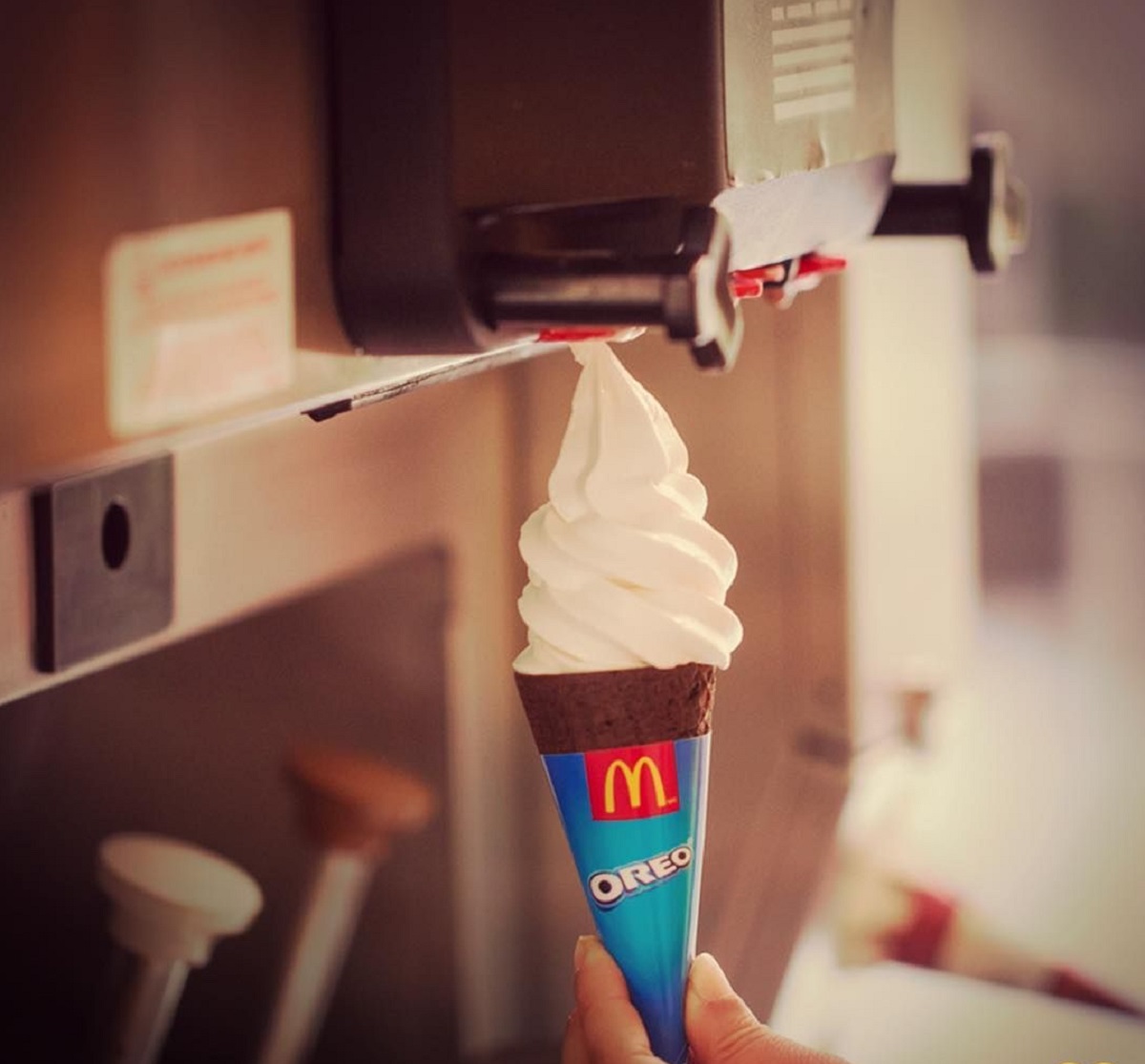
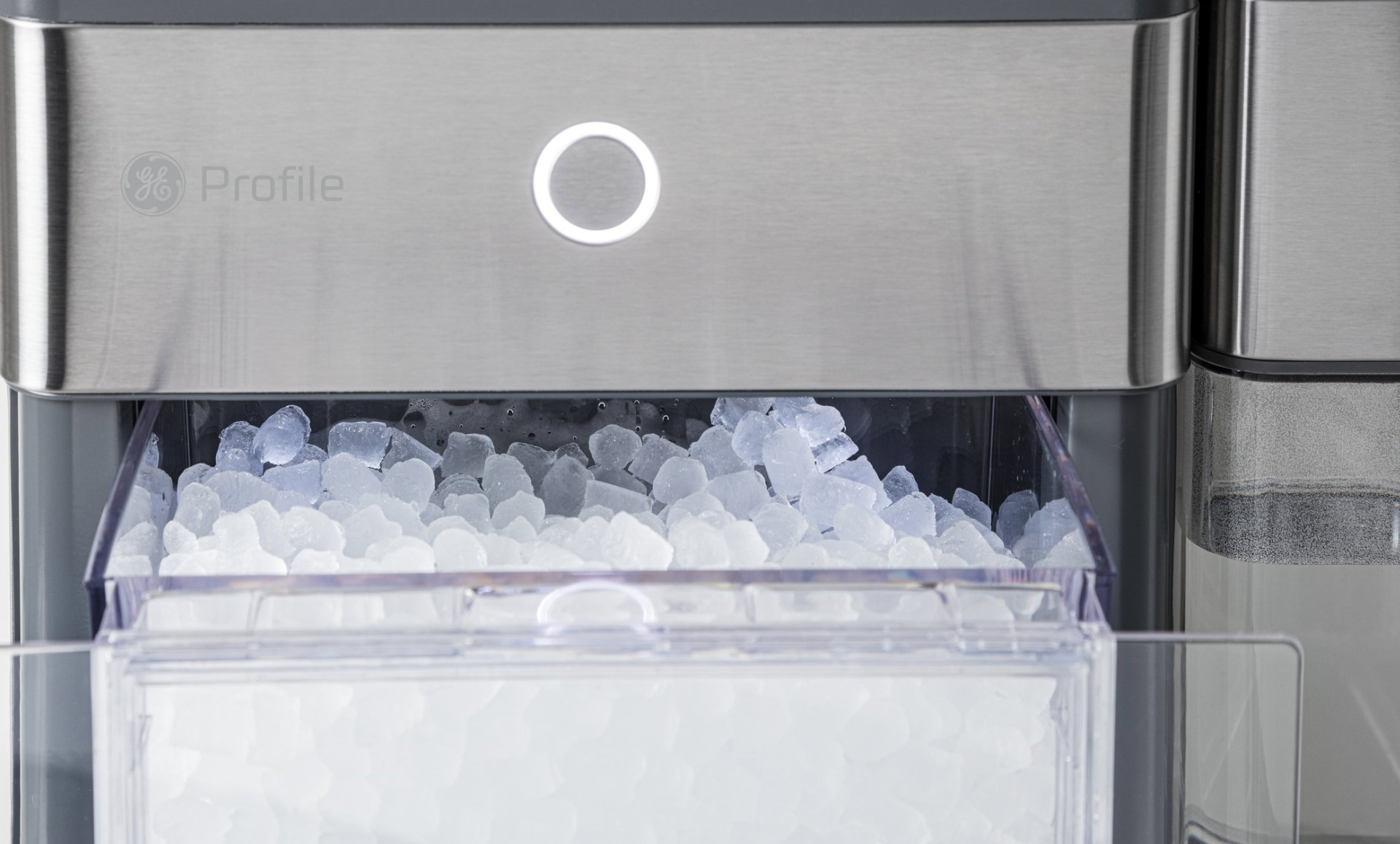
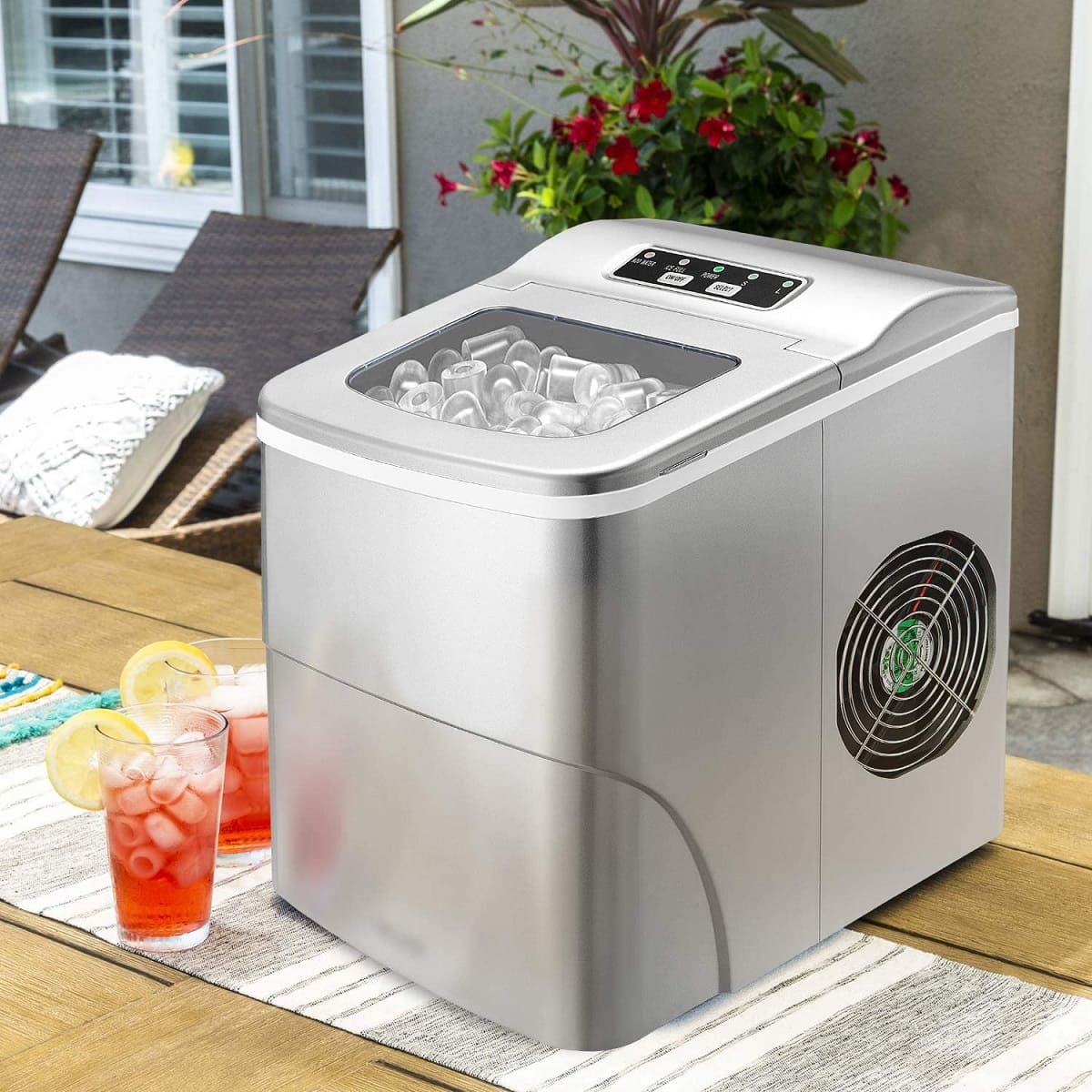
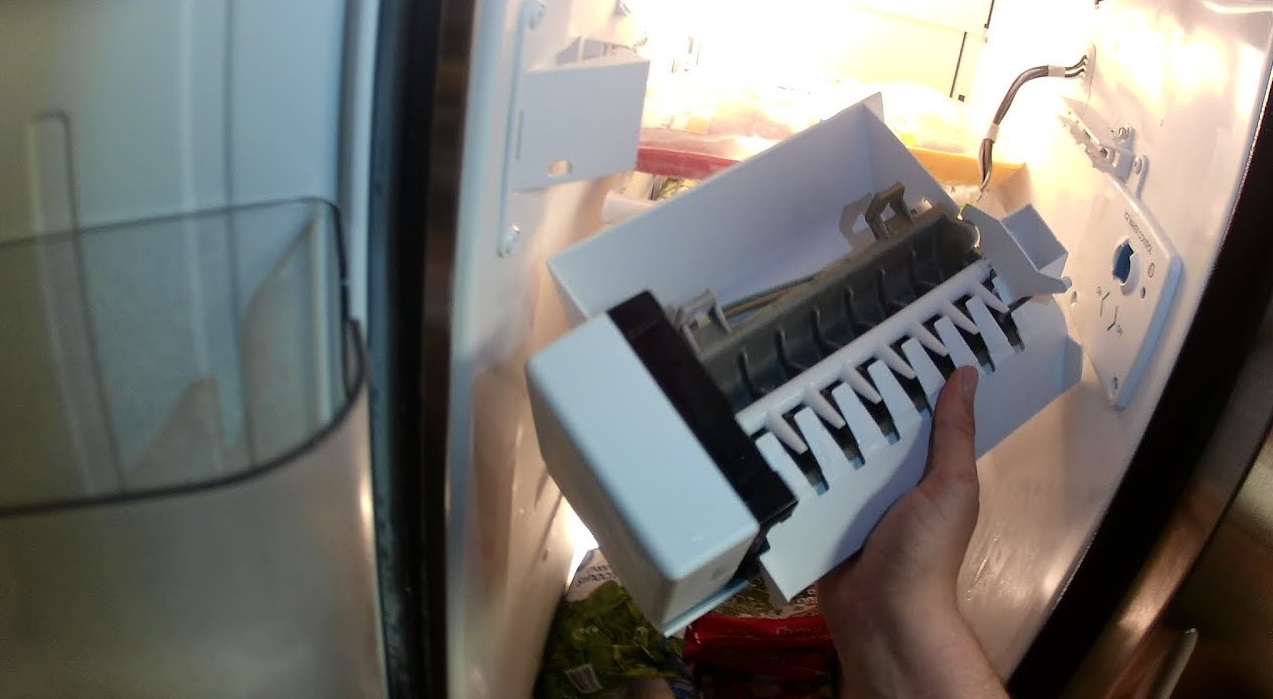
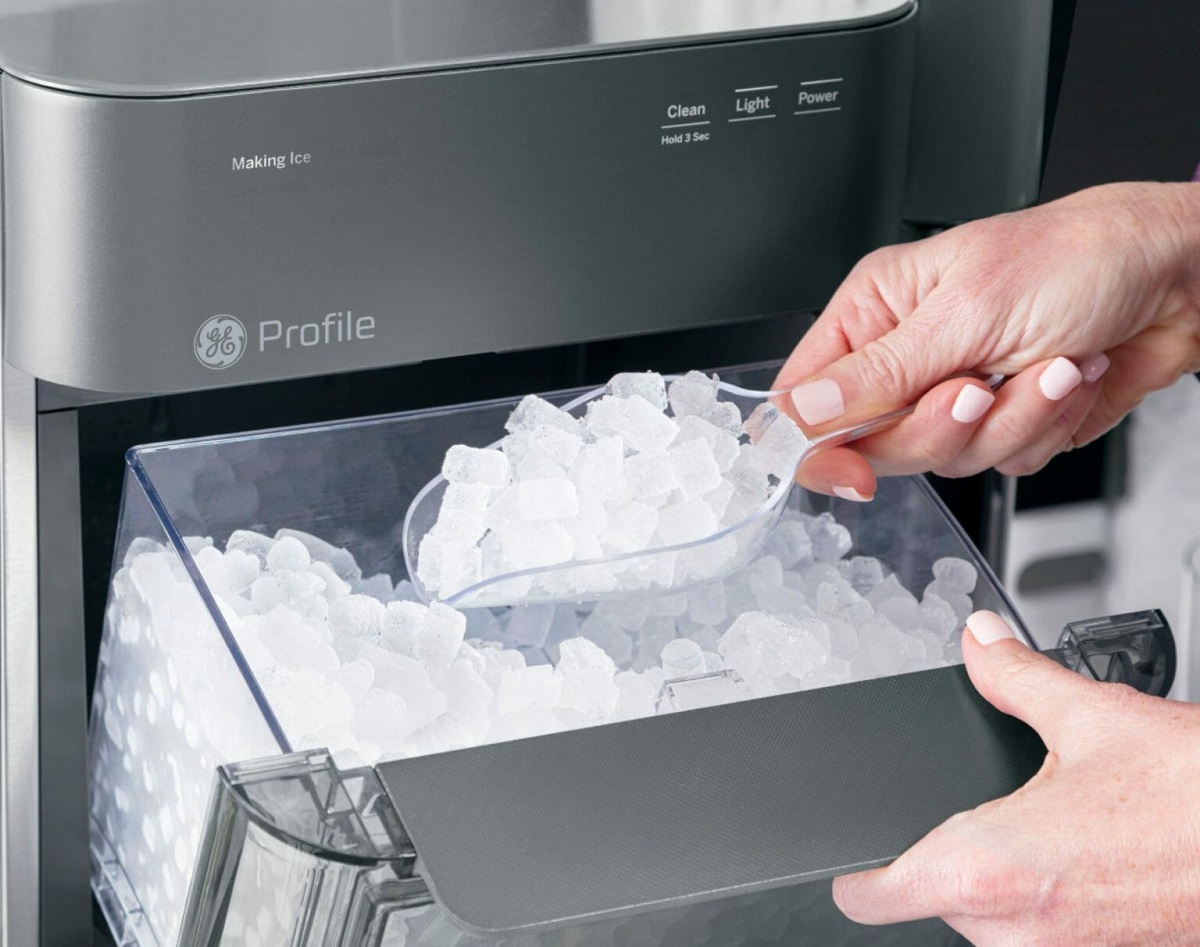
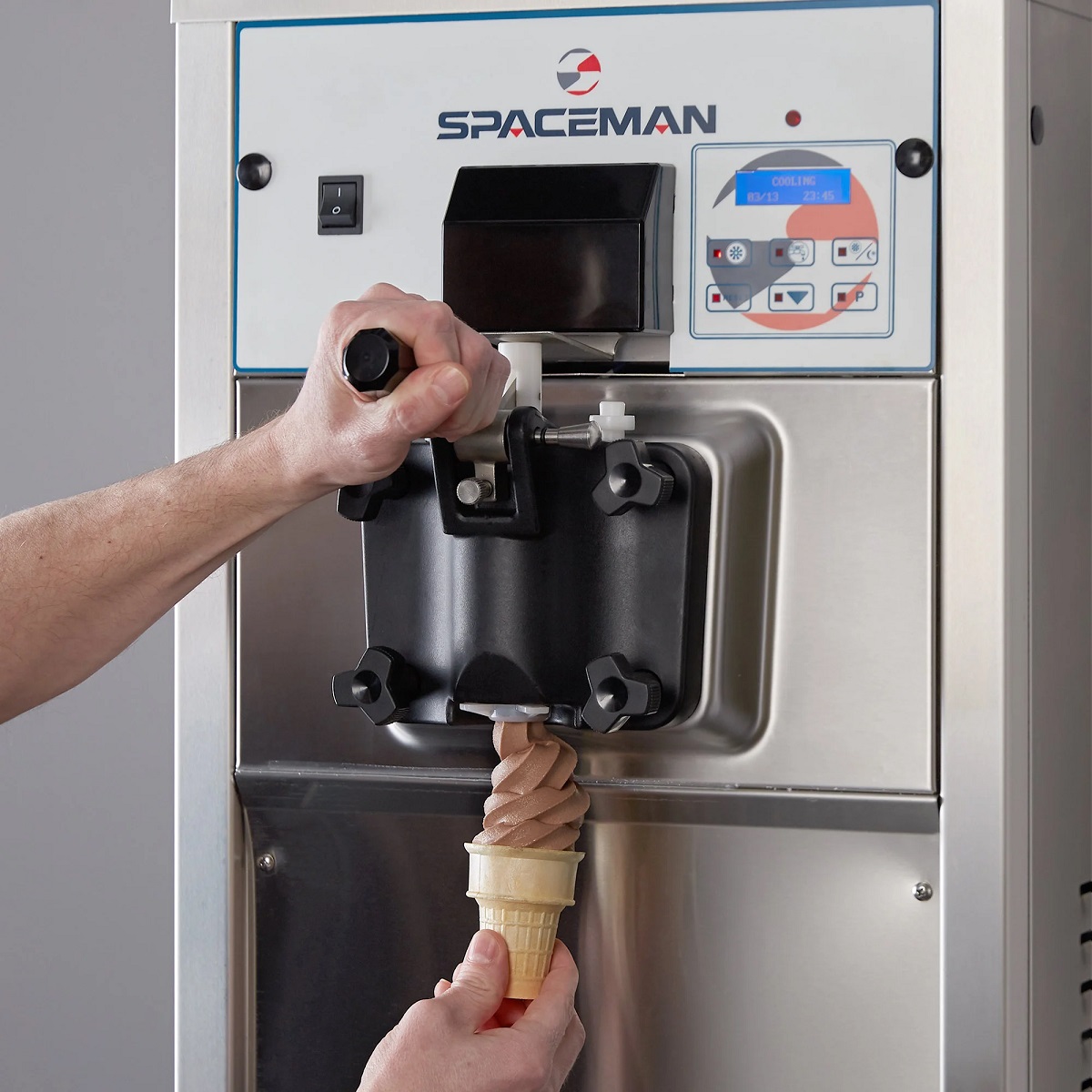
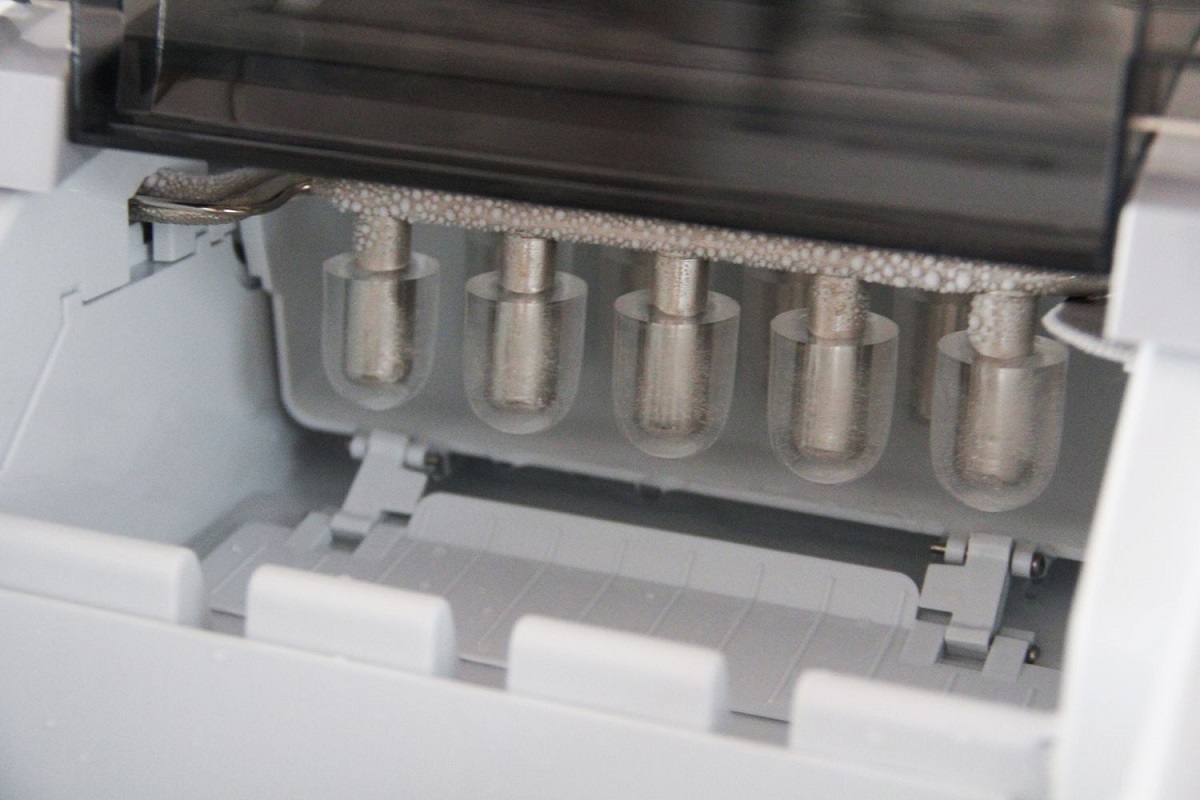
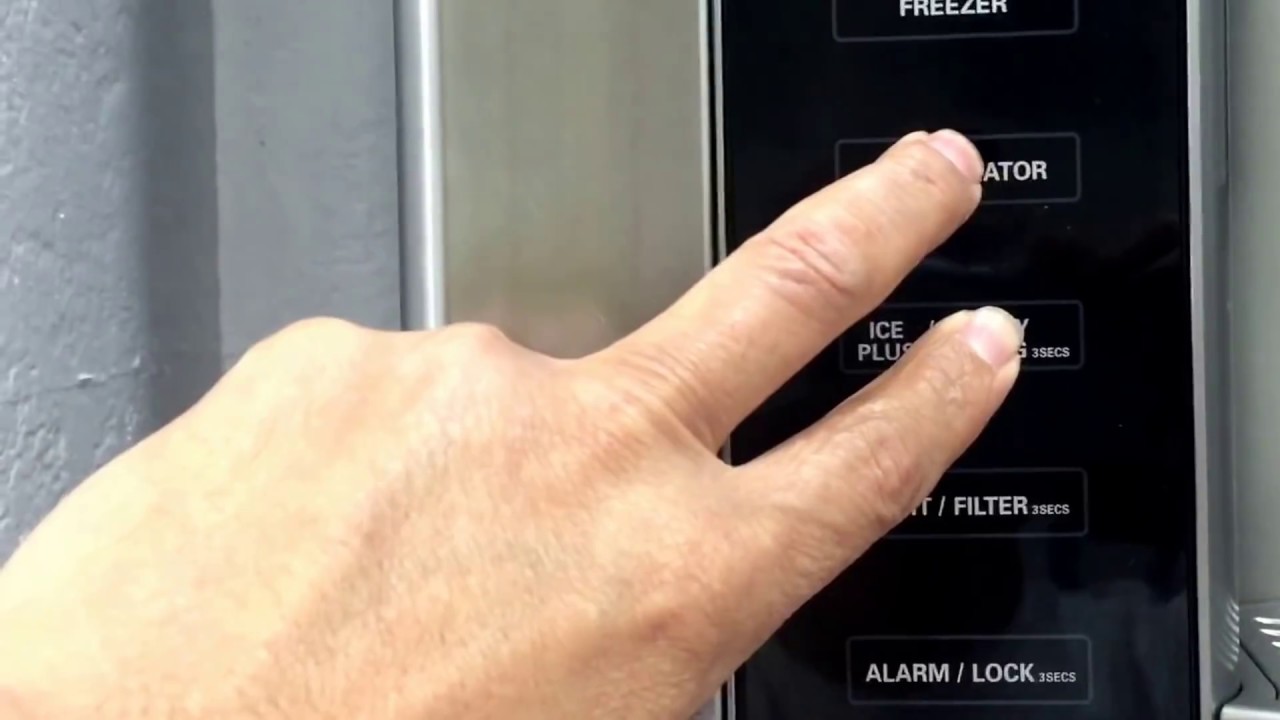

0 thoughts on “How Does LG Ice Maker Work”